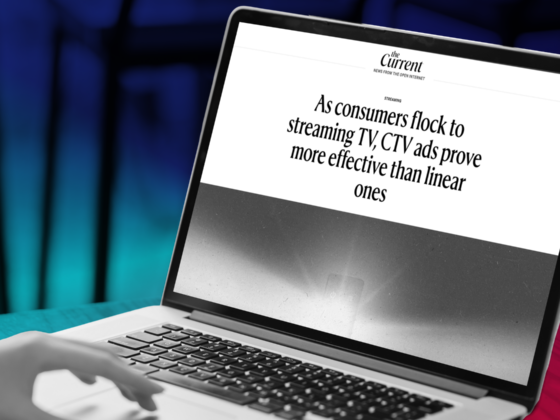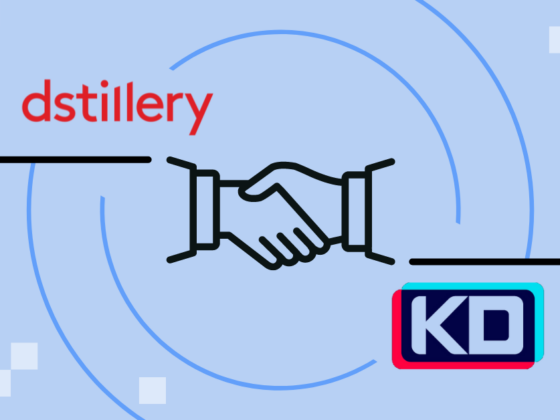We’re all wondering what the growth of the industry’s new streaming platforms means for the ad tech. So, Keynes decided to boil it down.
Peacock’s model is a great example of innovation in the streaming channel space. And now, HBO offers a new ad-supported model–an ad-supported streaming subscription and a no ad-supported streaming subscription. It’s not too dissimilar to Hulu’s model, but this is a trend we’re going to start finding more streaming services do. It’s still a shock that Netflix hasn’t converted or thought about converting to an ad-supported subscription model. There is so much content being distributed through these various ad-supported offerings and Connected TV advertising is where the money is flowing.
People like the convenience of on-demand content, and it’s also crucial to mention that people are even opting in for those Connected TV ad-supported subscription models. These networks have sidestepped the ever-growing privacy conversation by offering people an option to not receive ads for a premium or to pay less but receive ads to subsidize their subscriptions. This means consumers are more willing to accept the transaction of their user behaviors, demographics, and more in exchange for ads.
But when will Connected TV advertising see “bundling” like we do with cable TV? The industry has started seeing this through companies who own their own properties, such as Disney (Hulu, Disney+, and ESPN+). However, the big future question is will the TV networks bundle together like traditional cable TV?
An issue that arises with the growth of digital TV streaming services is having to be conscious of frequency. We’ve all been there binge-watching our favorite TV shows when we realize we’ve seen the same TV advertisement 4 to 5 times. Although this is getting better with digital TV, it is still something this industry has to address. TV commercials shouldn’t be annoying the consumer but instead entertaining them or just giving them options of things they might be interested in.
In today’s world, advertisers are buying from multiple different TV providers allowing consumers to be served on all of those platforms within a single day. With programmatic Connected TV, it’s possible to add a frequency cap that sits across all platforms on a global level. So, if a TV commercial is served on one Connected TV advertising platform to a user then a frequency cap makes sure that TV commercial won’t bid on that user again. This is best for eliminating repetitive messaging and wasteful spending.
Hulu’s SSP, Magnite for example, has great technology that not only has frequency capping but has checks and balances within it. So if a car commercial is served to a user during a TV commercial break, a frequency cap can be placed so that the same TV commercial will not be served again within that break.
With this being said, through the programmatic pipes, users don’t have to be bombarded with the same TV commercial multiple times. However, through a direct buy, users typically will.












